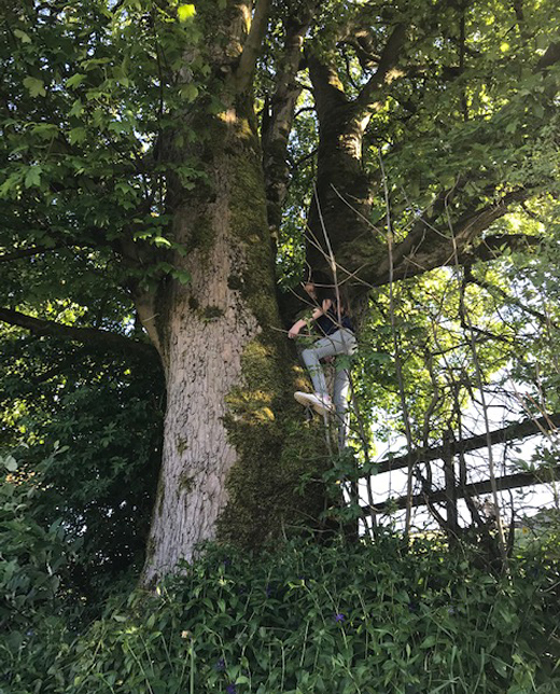
The huge old Sycamore tree dominated the back garden, but was well loved by our children as a support for both a swing and a treehouse, as well as a challenge to be climbed.
There is an overhead electricity supply line crossing our land, supported by one pole on the grass verge and another one in the front garden; the cable ran through an Ash tree in the roadside bed, skirted the edge of the Fir tree then across the house and back lawn, passing through another Ash tree before joining a pole in the field beyond. We wanted to remove the Ash tree and Fir tree, both of which had grown to such a size that they were stealing the daylight from our house and that of our immediate neighbour. The Ash tree in the back garden had also become threateningly tall and was in need of a crown reduction. Being within a conservation area, we needed to obtain permission to remove or reduce them but, due to the complication of the electricity supply, we needed to get the Electricity Board involved; to our surprise, they provided a tree surgeon to do the job free of charge; we also got to keep the timber for future use as fuel.
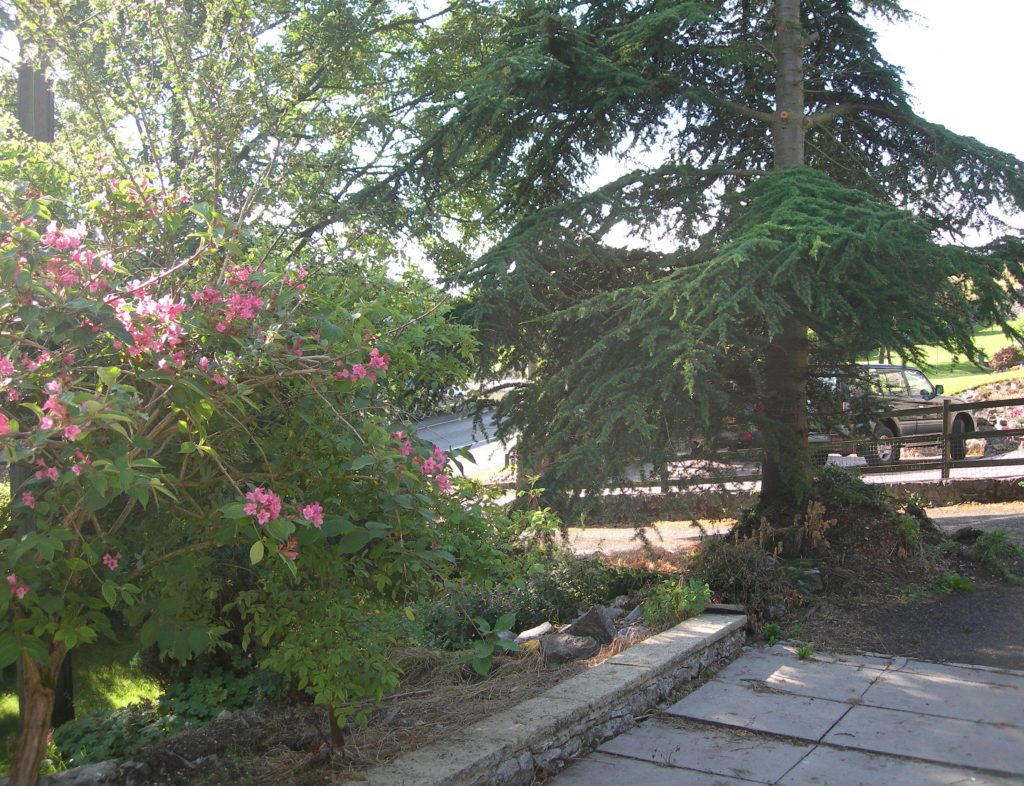
The remains are still visible of the old tree stump into which it was planted, as is a large, self-seeded Ash tree (upper left). Both trees had grown threateningly tall and were snagging an overhead power line.
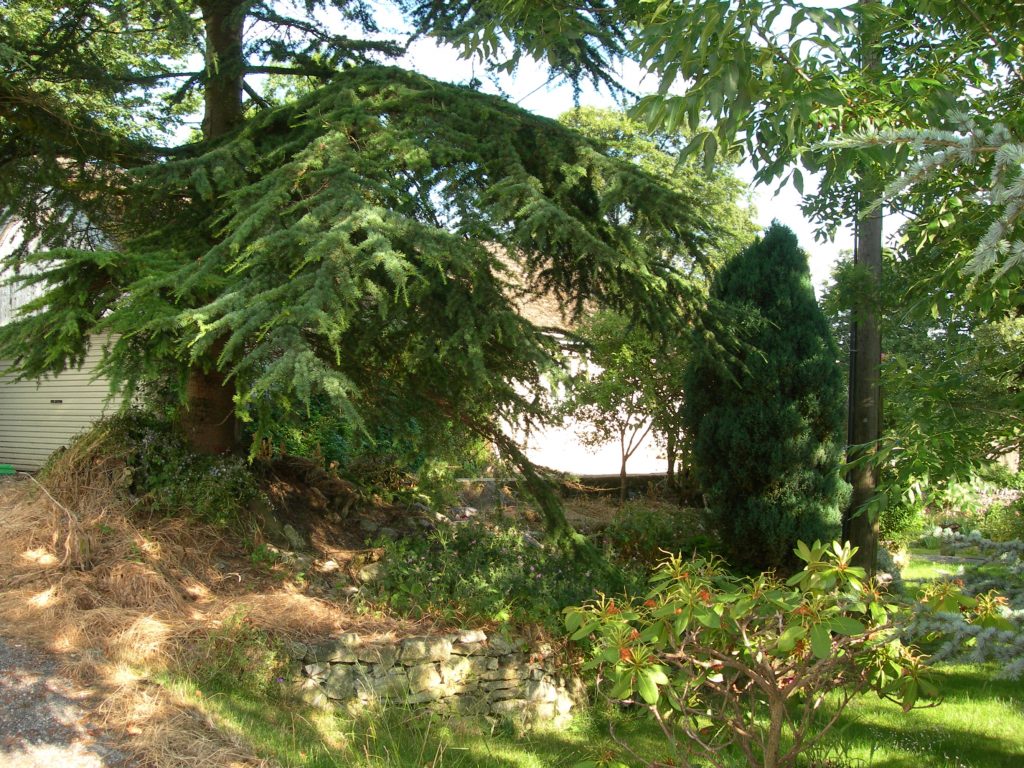
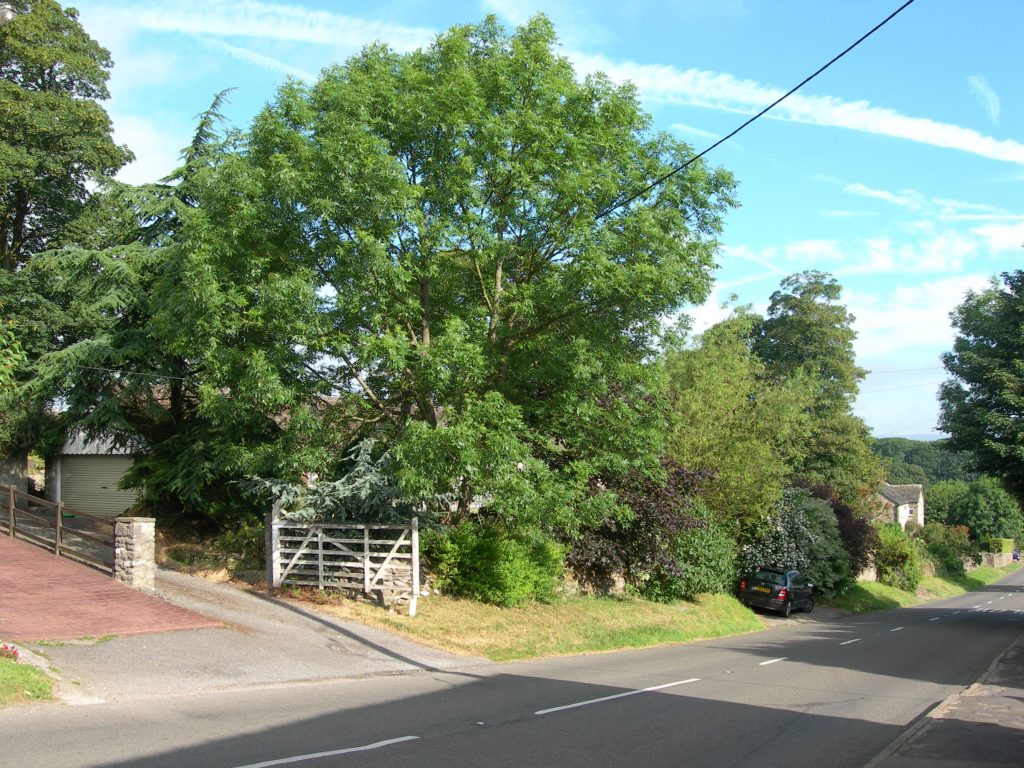
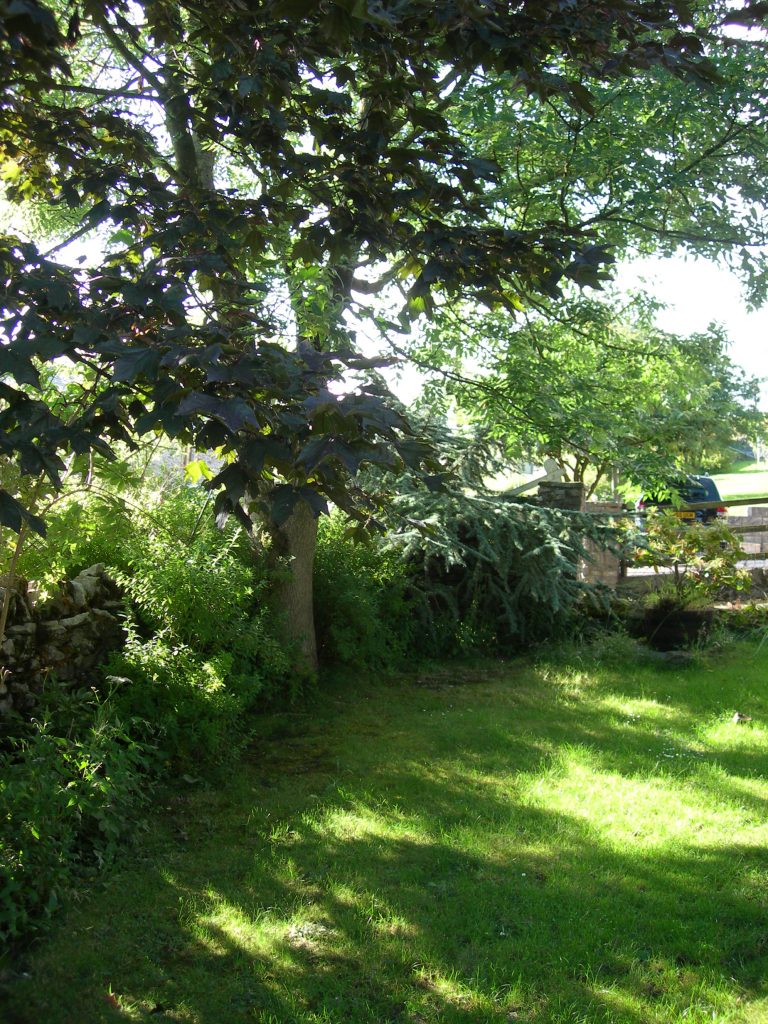
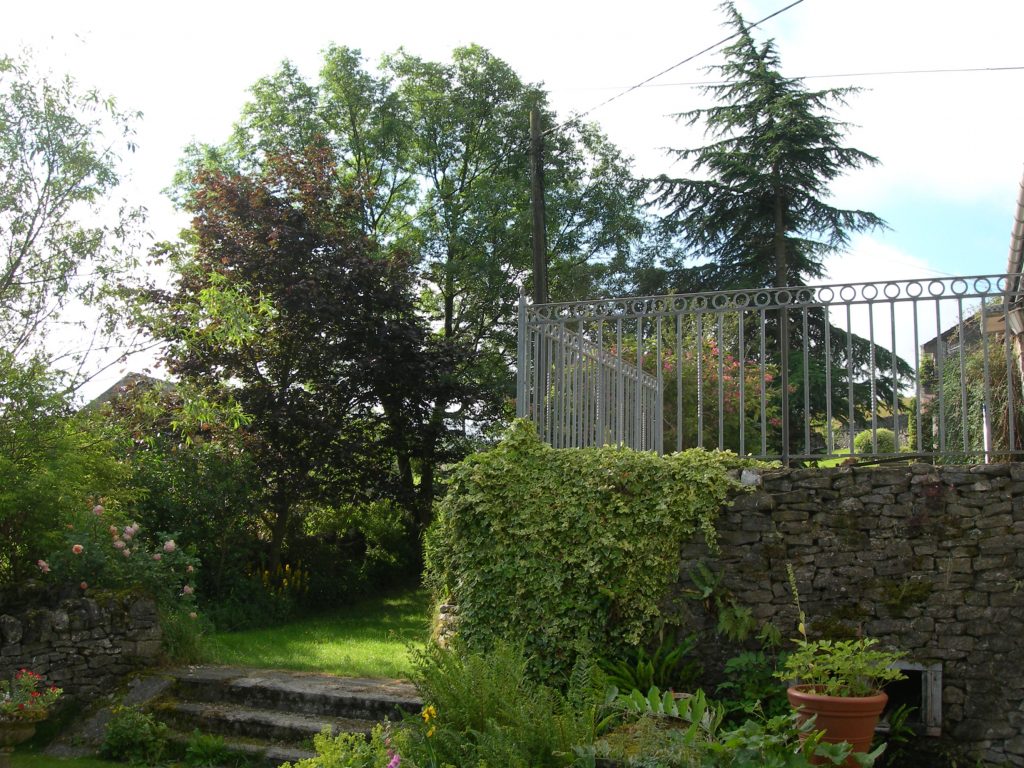
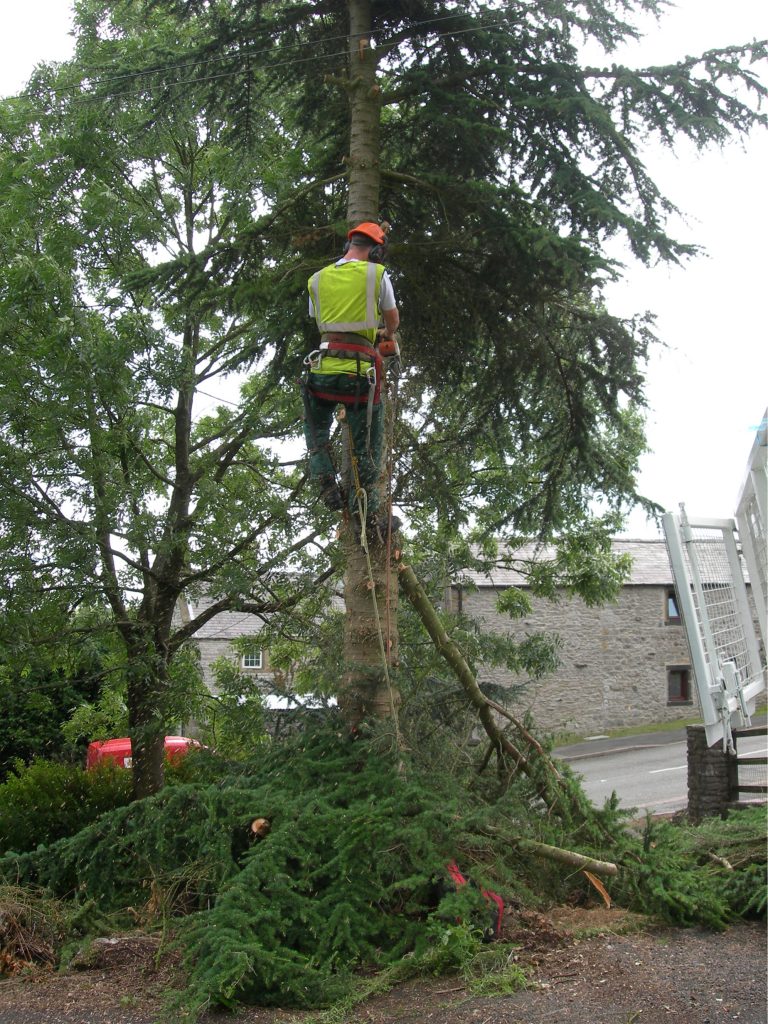
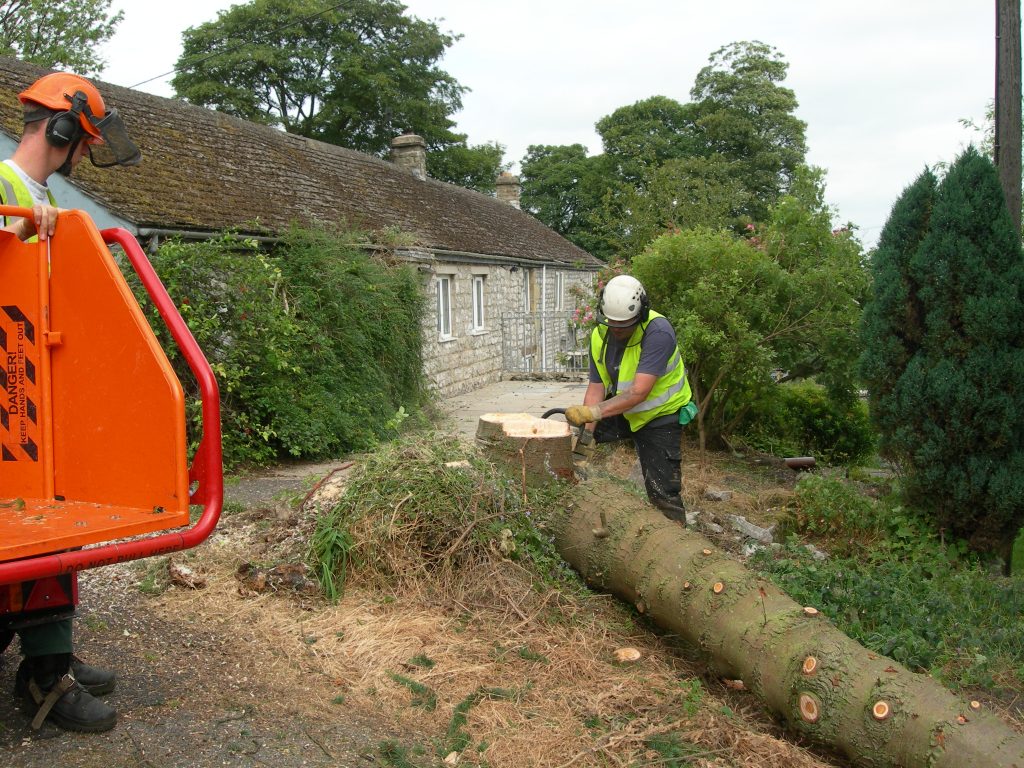
Once the Fir tree had been removed, it became possible to reshape the top of the driveway to give greater ease of manoeuvering. It also created a new planting space: the first to go in was a Viburnum Bodnatense Dawn which has been an absolute delight every winter. A small hardy Fuschia, a flag Iris and yet more Hardy Geraniums and Spring bulbs completed the initial planting.
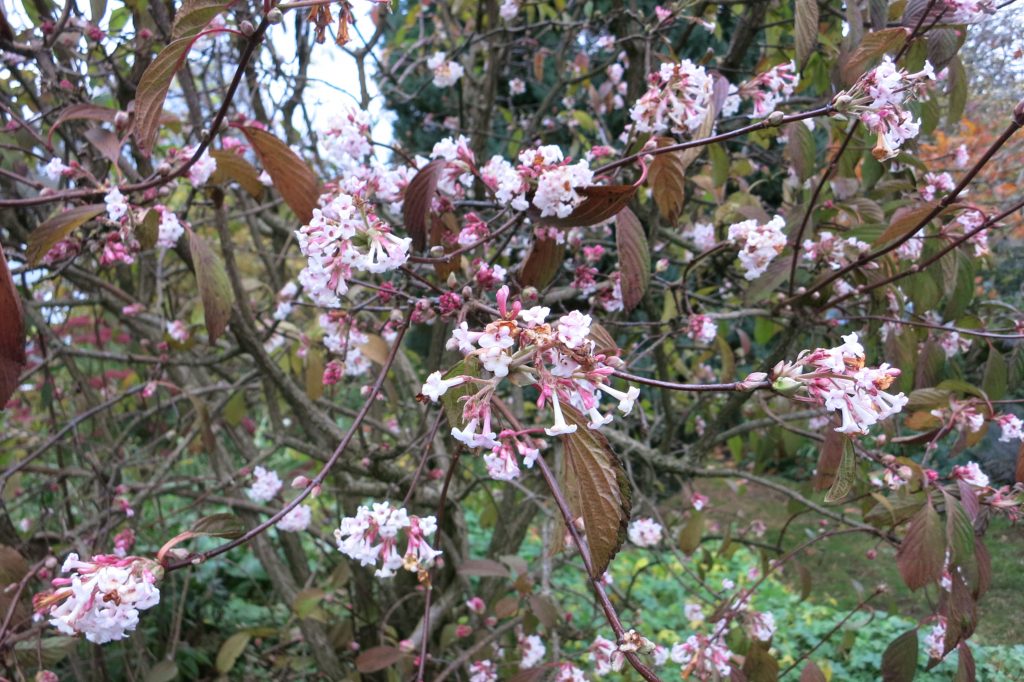
It’s always a sad day when a tree has to go; however, in the following years I have been able to plant a wide selection of fruit trees as well as native hedgerow trees.
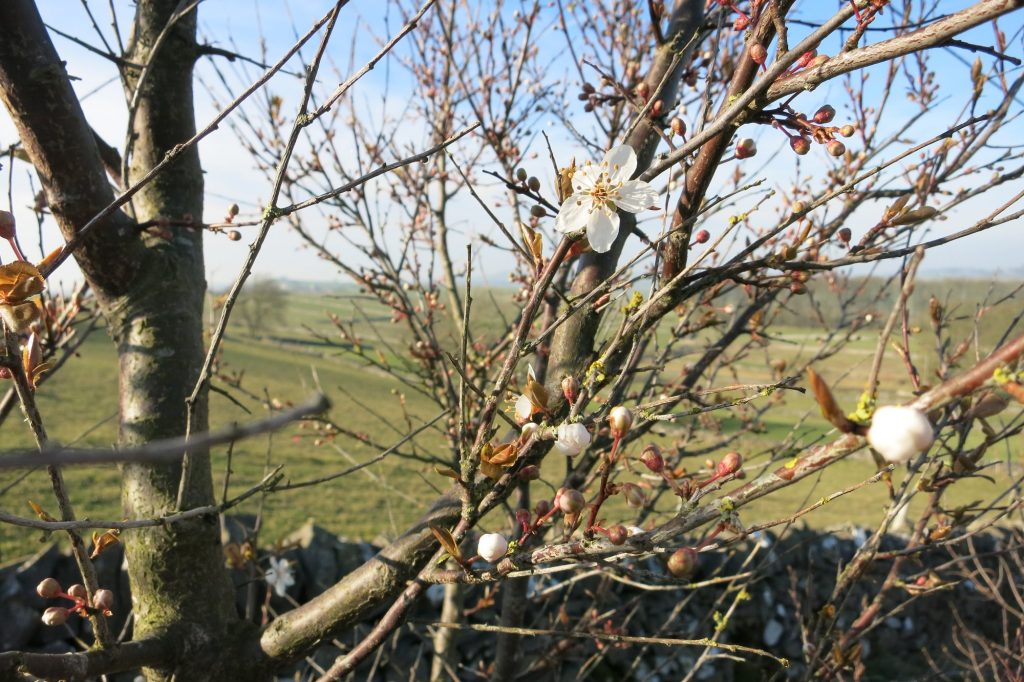
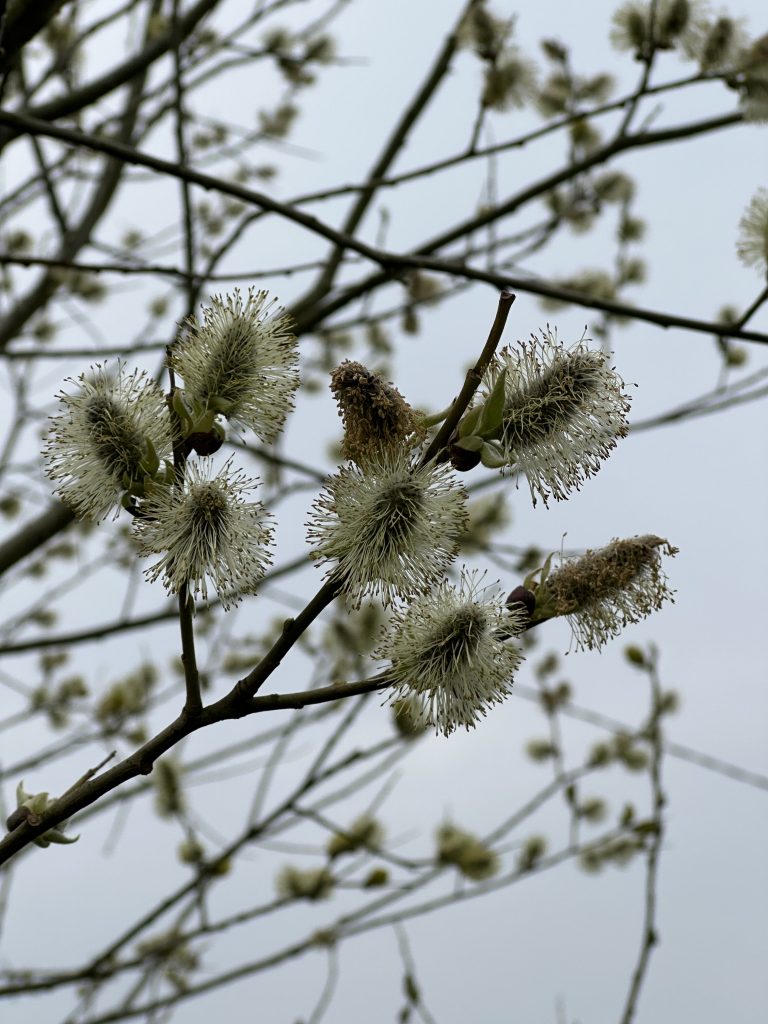
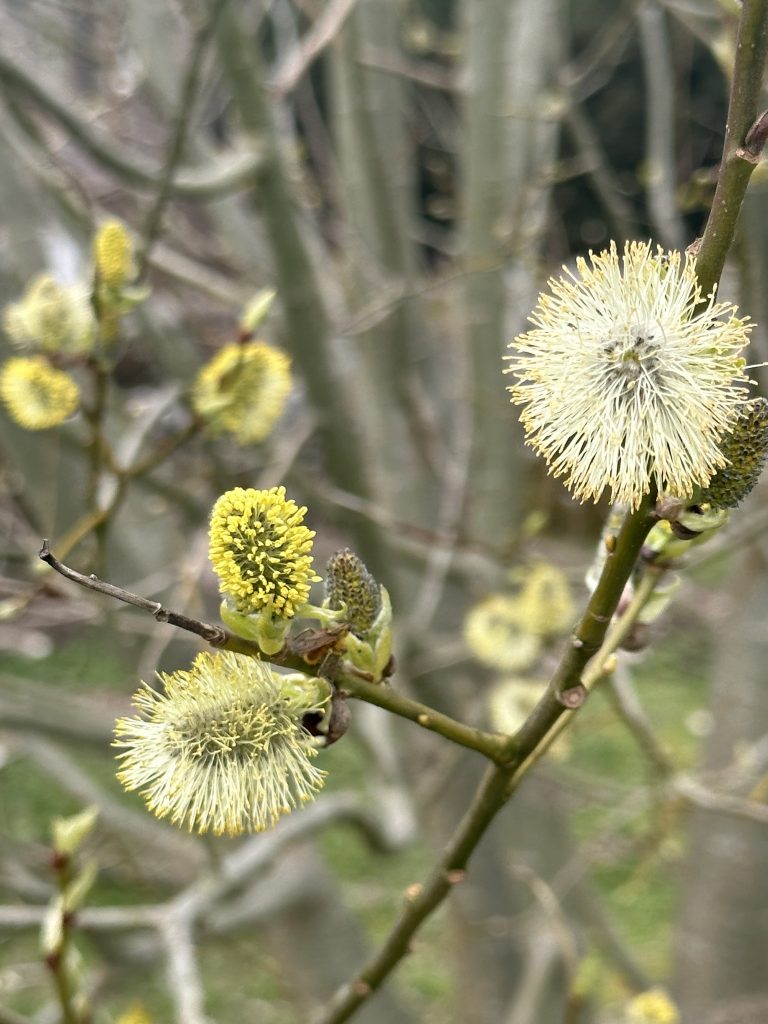
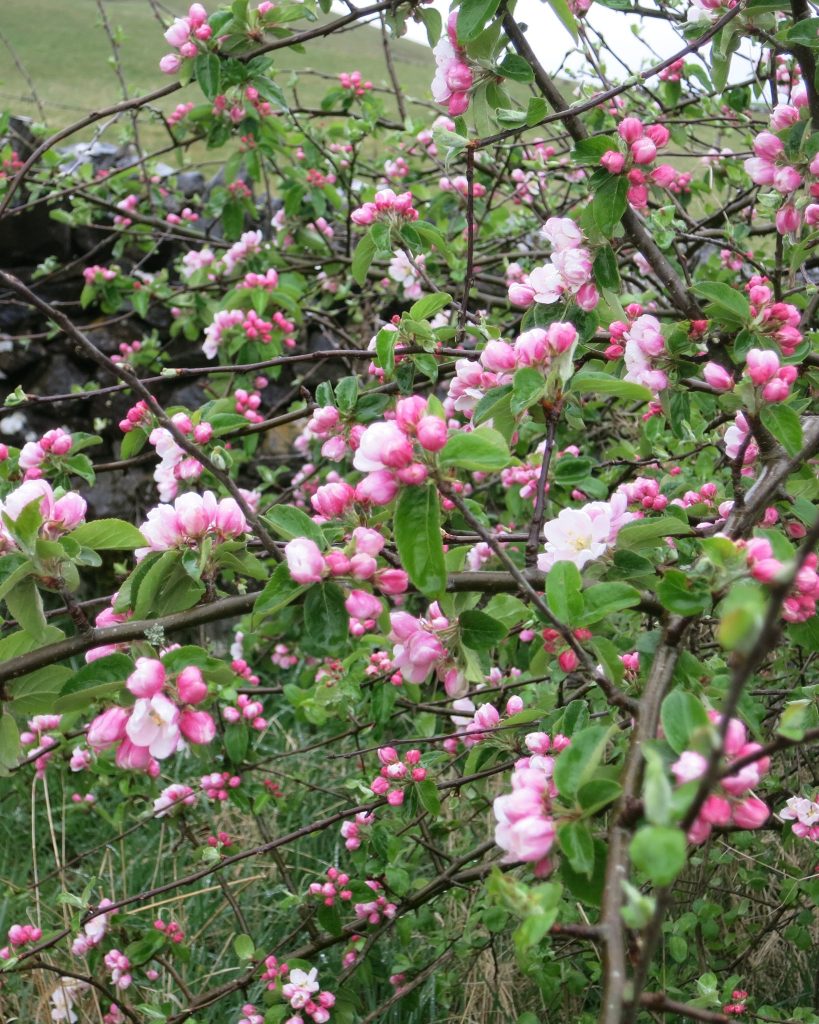
My late father’s garden contained over 200 fruit trees, most of them cordons and espaliers; I just didn’t feel my own garden would be complete without at least some fruit trees but was unsure whether I’d ever get any sort of crop at this altitude and on such poor soil. I only knew of one fruit tree in the entire village: an ancient Apple tree grew behind the farmhouse opposite, though the meagre crop it produced was fit only for bird feed. My proposed planting space would be several metres higher than the farm’s old Apple tree. I first planted a couple of Gooseberry and Blackcurrant bushes, then a couple of Blackberries against the south-facing wall. The results were encouraging so I decided to invest in seven fruit trees, though I was none too confident of being able to find seven suitably deep planting holes. I had my eye on a dip in the hillside, where the main vein of bedrock appeared to end and, with a few false starts, managed to excavate the seven planting holes.
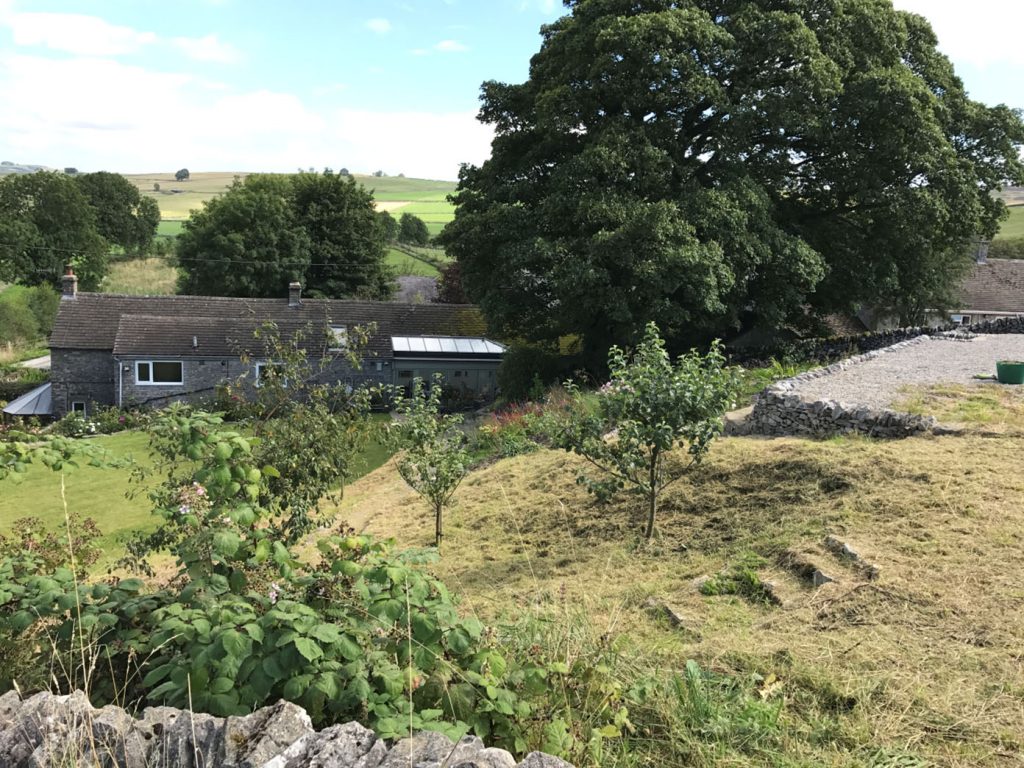
Each tree originally had a neat circle of bare soil around it which I kept mulched but, eventually, the grass won the battle
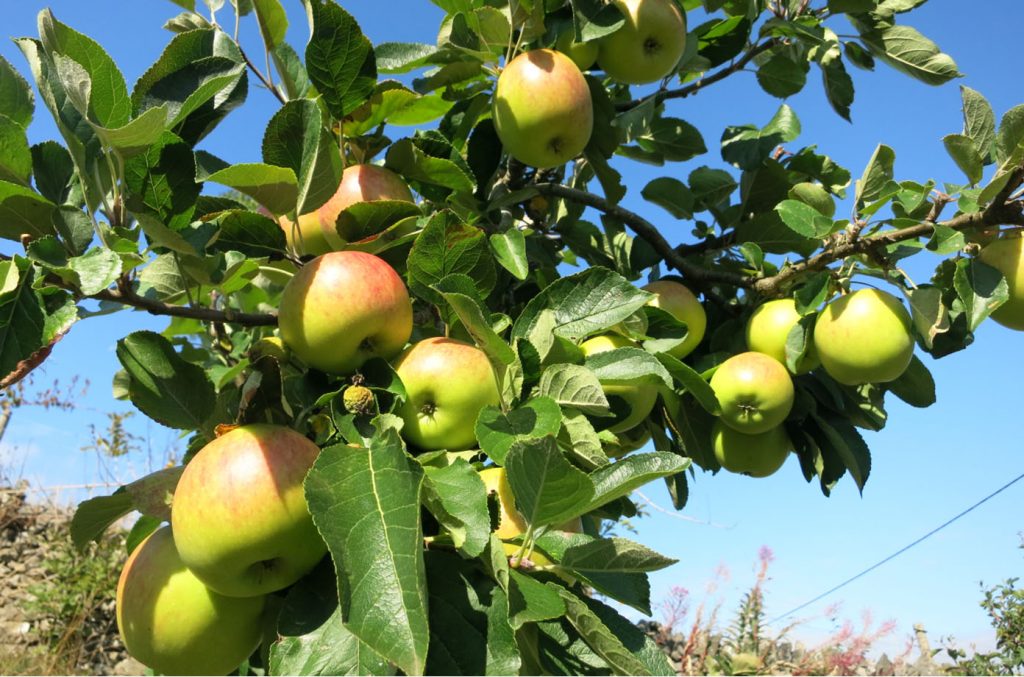
This James Greave Apple yielded well in excess of 20kgs and we didn’t finish consuming the Bramleys until the following February.
Apart from the huge old Sycamore, the garden plays host to a large Goat Willow, a large Ash tree, the big Crimson King Maple, two varieties of Sambucus, a Cedrus Atlantica Glauca, two large old Conifers and nine fruit trees :- James Greave apple, a Russet Apple, a Katy apple, and Bramley Apple, a Crab apple, a damson, a greengage, a Victoria Plum & a Quince, not to mention the many shrubs and fruit bushes.
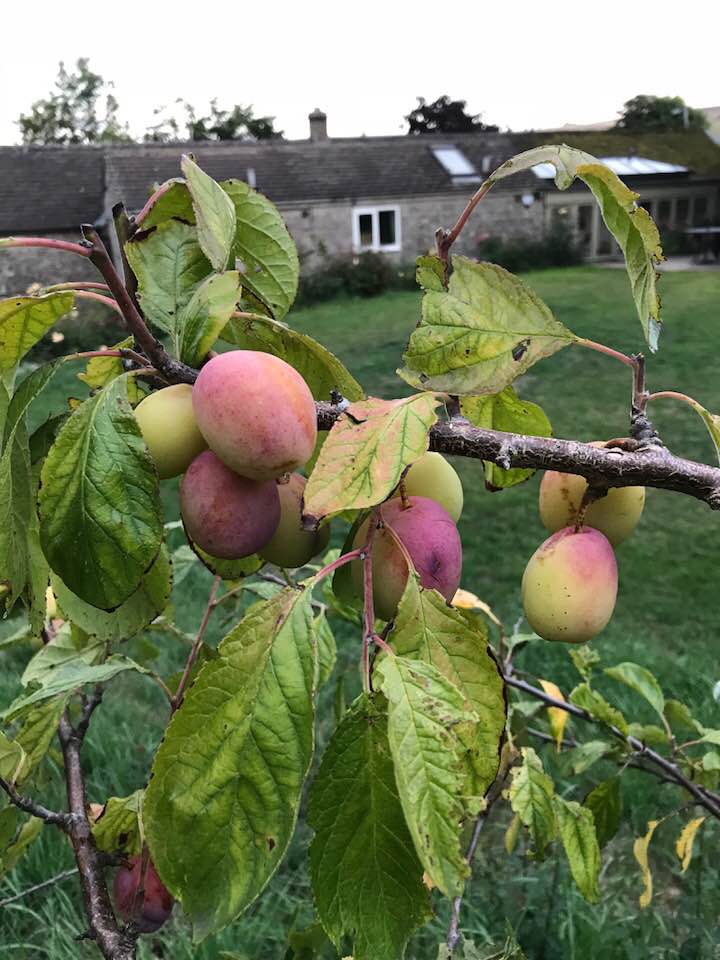
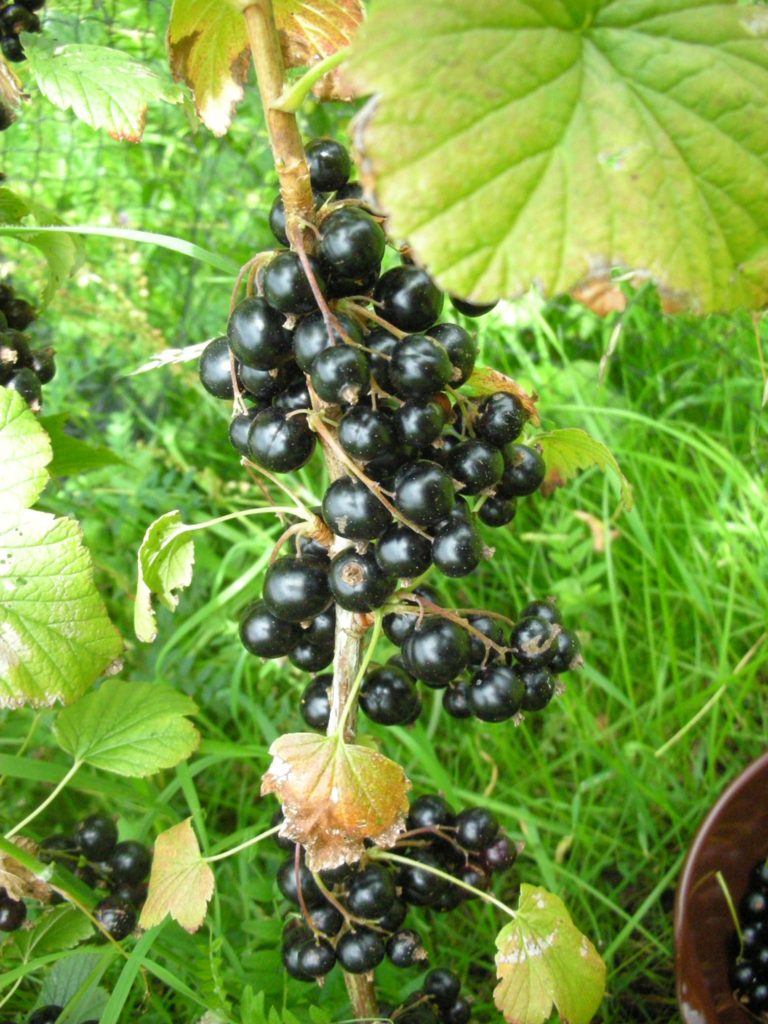
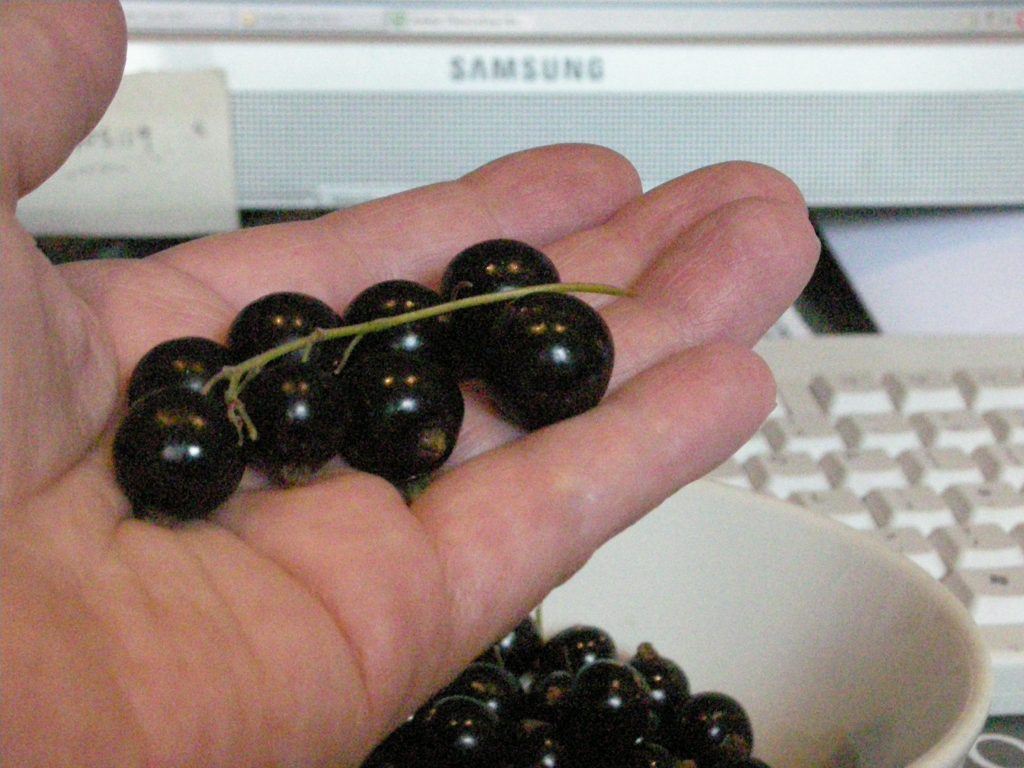
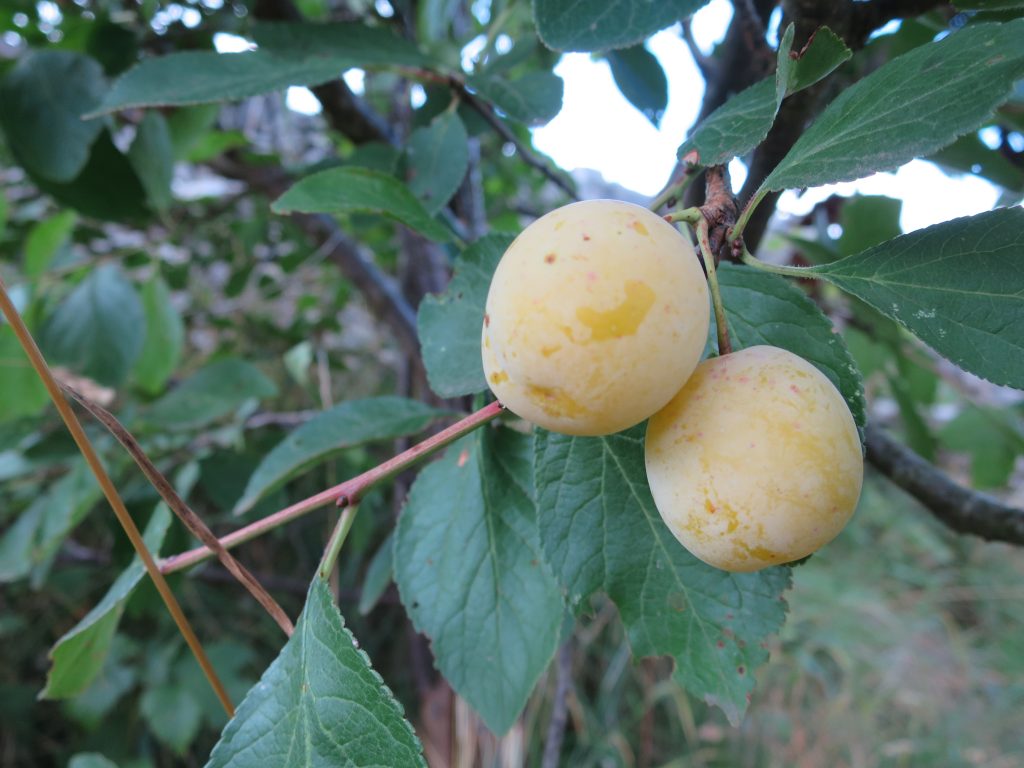
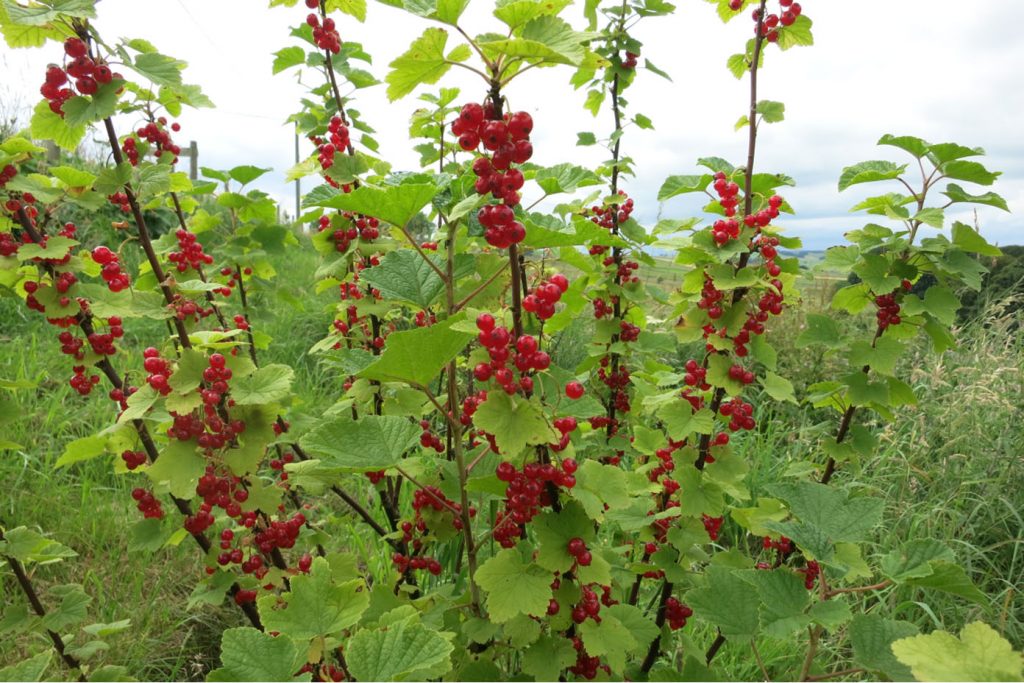
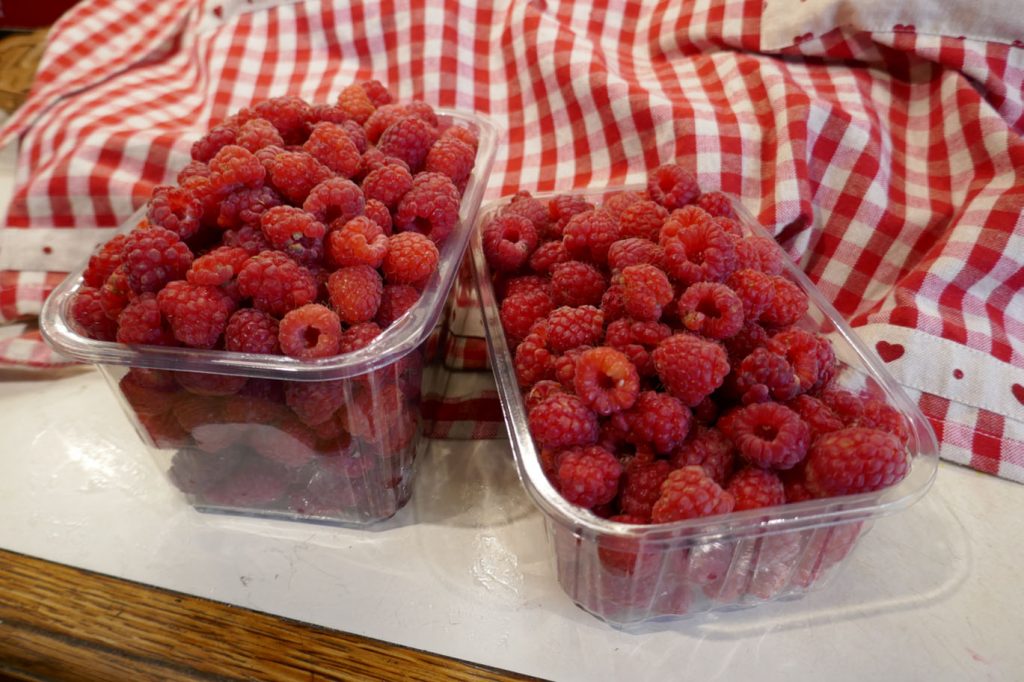
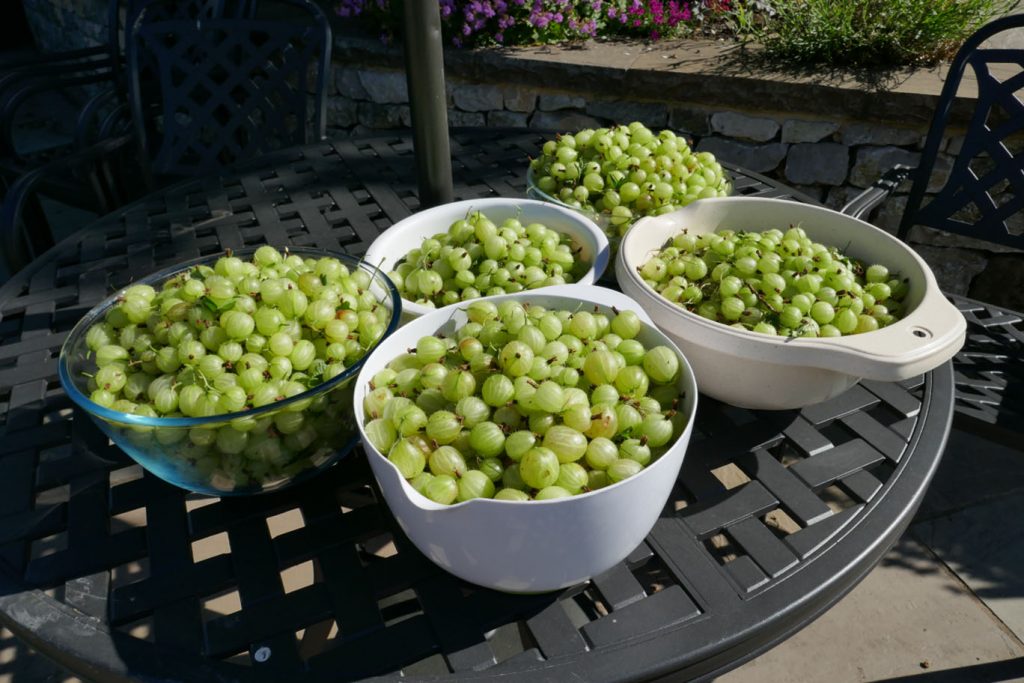
In the fullness of time, many more trees will be added as we develop the garden further and include even more Derbyshire hillside.
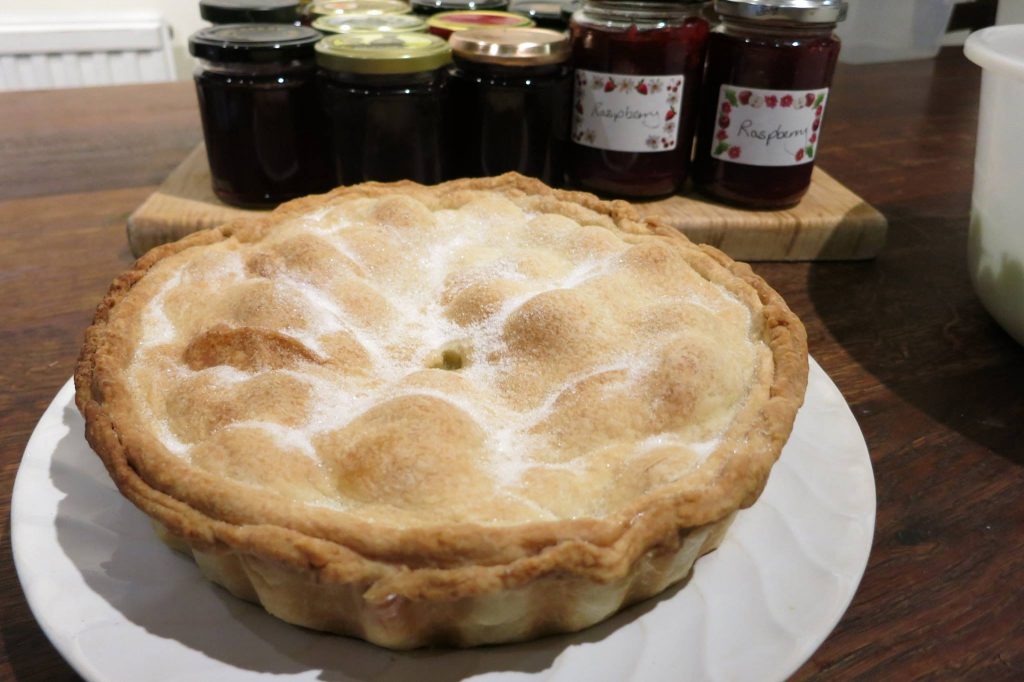
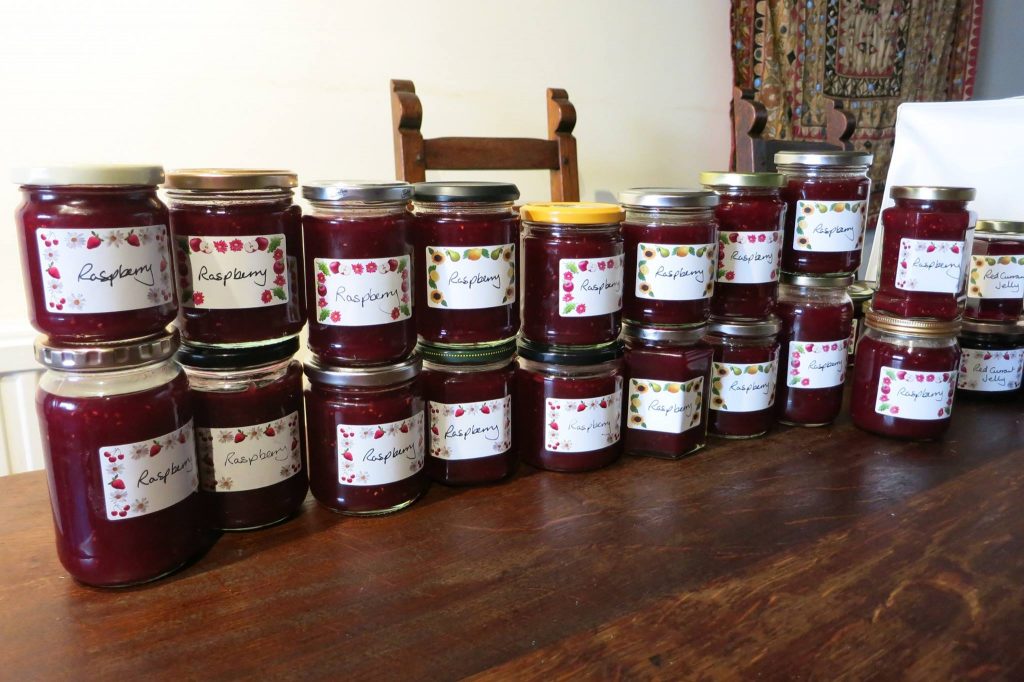
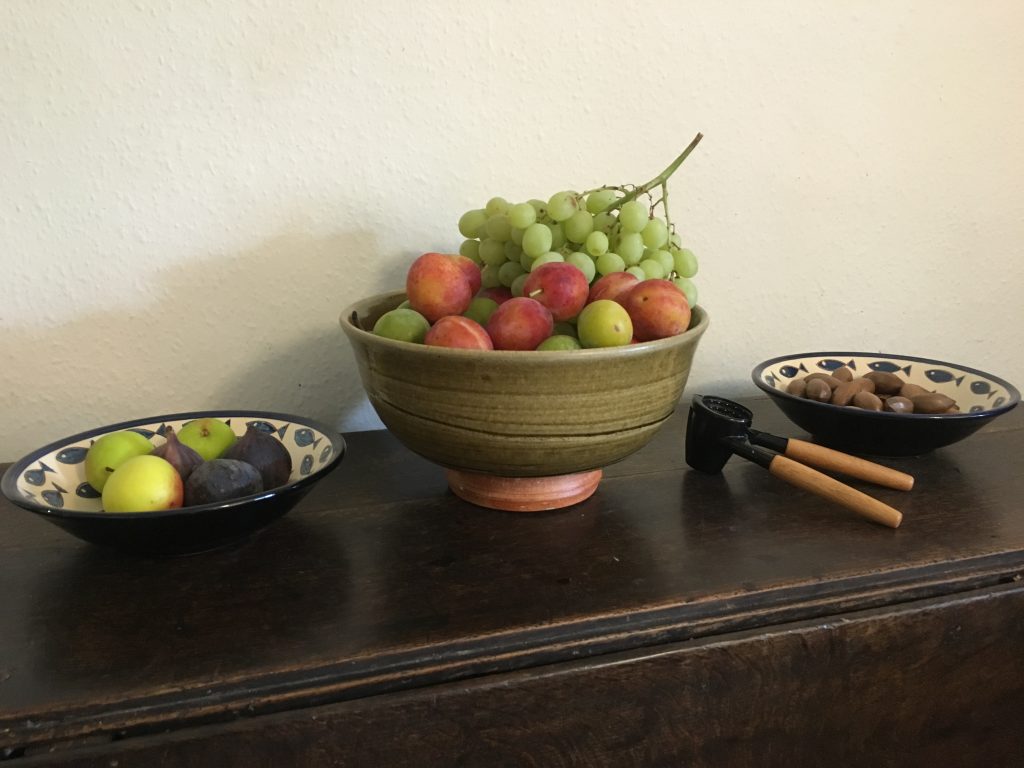
Continued on page 7. The Field